
By Stephen Greenwell
A look back at past Parameters stories and interview subjects,
and what those Cougars are up to now...
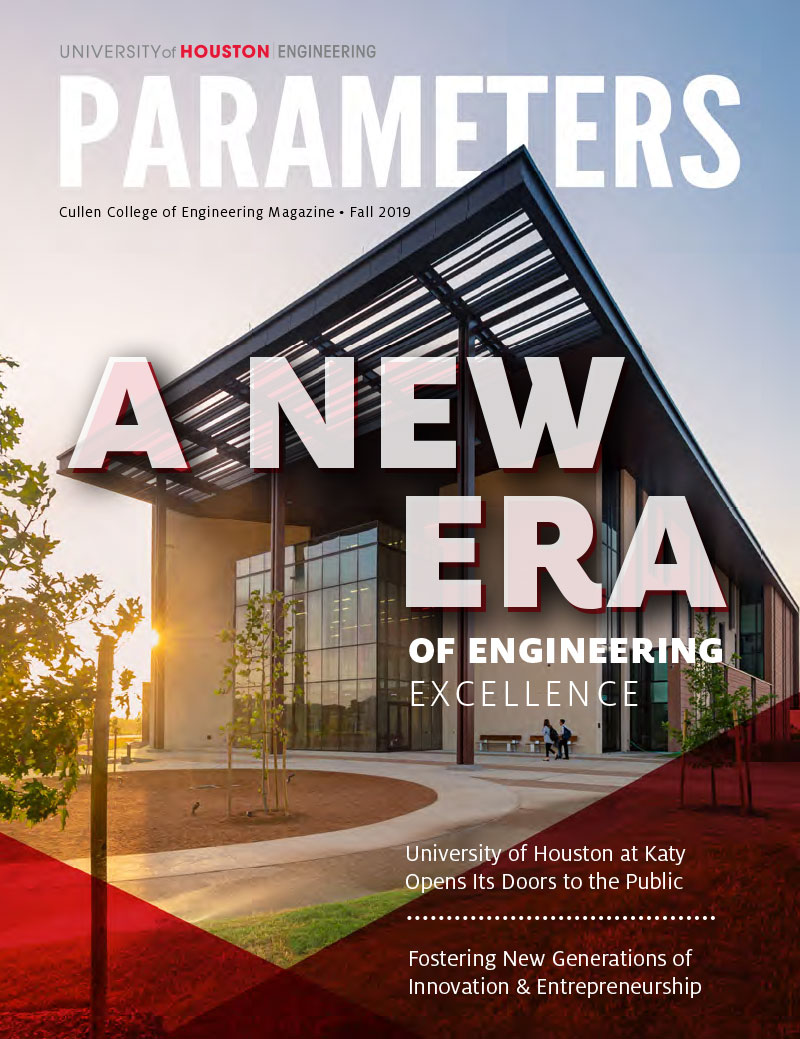
FIVE YEARS BACK...
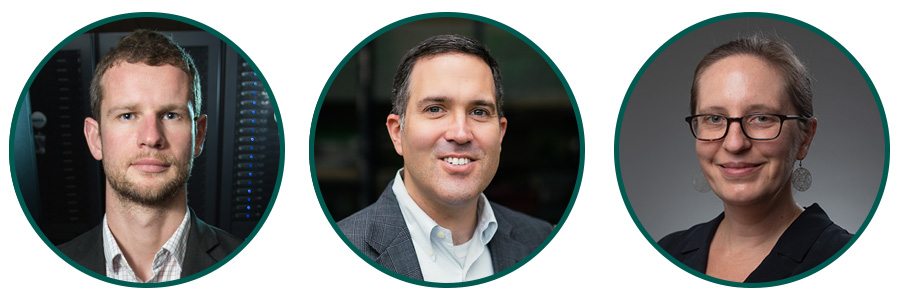
Three Chemical & Biomolecular Engineering professors received grants from the Welch Foundation, one of the nation’s largest private funding sources for fundamental chemical research. Jeremy Palmer, then an assistant professor, received $240,000 to expand on his postdoctoral research on the phase behavior of liquid water at low temperatures. Jeffrey Rimer, the Abraham E. Dukler Professor, received earned his third grant from the foundation to study the treatment and formation of kidney stones, building on earlier work from 2012 and 2015. And Jacinta Conrad, Ernest and Barbara Henley Associate Professor, received $195,000 to study one of the most intriguing problems in physical chemistry — the nature of the glass transition.
In the years since, Palmer has earned a promotion to Ernest and Barbara Henley Associate Professor as well, and Conrad is now the Frank M. Tiller Professor. Rimer is now also the Director of Graduate Studies. And, the Welch Foundation has continued to recognize the stellar research efforts of the Cullen College of Engineering. It has provided $5 million for a research center for Rimer, and $4 million for a similar effort for Megan Robertson, a professor and Associate Chair for Faculty Development and Inclusive Excellence.

TEN YEARS BACK...

Ryan Hannemann was named the Outstanding Senior for the 2013–14 academic year, which came after he won Outstanding Junior the previous year. Unlike many undergraduates, he had joined the Army a year after his graduation from high school. He spent six years in the service, including a combined 33 months on deployments to Iraq. He chose UH when he finished his stint because of its proximity to his family and the career opportunities the metro area could provide for a mechanical engineering degree.
Even before graduating, Hannemann completed an internship with Marathon, which turned into a full-time job offer. He has now spent 10 years at the company, being promoted along the way into his current role as a planning manager. In October 2023, he was named to Hart Energy's list of Forty Under 40.
“I have to give a big 'thank you' to the University of Houston and Cullen College of Engineering for seamlessly integrating students into the energy industry,” he said. “The outstanding students, alumni, professors, strategic partnerships and our prime location have significantly shaped my academic and professional trajectory.”
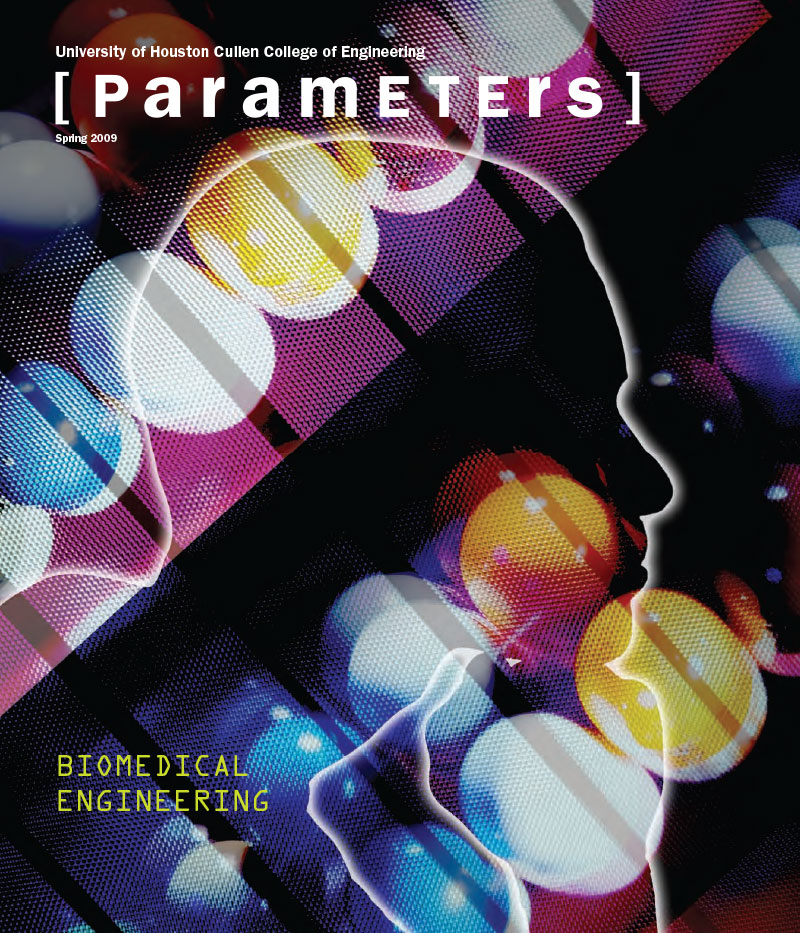
FIFTEEN YEARS BACK...

The College welcomed Yashashree Kulkarni to the Mechanical Engineering Department, at the position of assistant professor. She was hired after working as a postdoctoral research at the University of California, San Diego, and earning her doctorate in applied mechanics from the California Institute of Technology.
Kulkarni has been a strong researcher in her time at UH, earning ASME Fellow status in 2022 and the 2017 Sia Nemat-Nasser Early Career Award. She is now the Bill D. Cook Professor of Mechanical Engineering. Most recently in 2023, she received two separate awards totaling $675,000 from the NSF, to explore research into biological membranes and the role of mechanics in material sciences to biology.
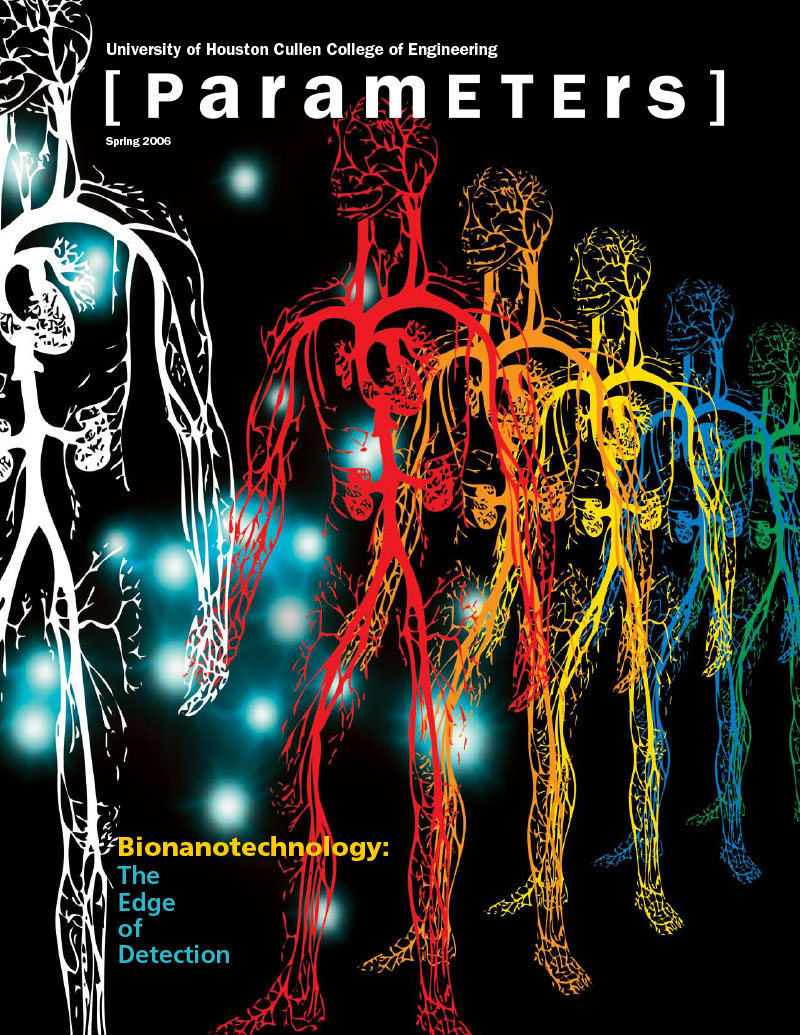
TWENTY YEARS BACK...
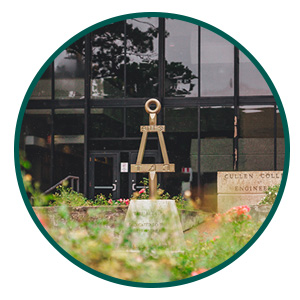
The University of Houston broke ground on the Science and Engineering Research and Classroom Complex (SERCC), one of the most ambitious building and construction projects taken by the university at the time. The effort had an $81 million price tag, with $30 million of that total earmarked for state of the art equipment. Between an auditorium and 11 classrooms, the building was designed to serve 1,700 students per teaching hour.
After opening fully in Fall 2006, the complex continues to serve Cullen today, hosting several labs and classrooms for Biomedical Engineering students. In today's dollars, the project would have cost roughly $131 million.